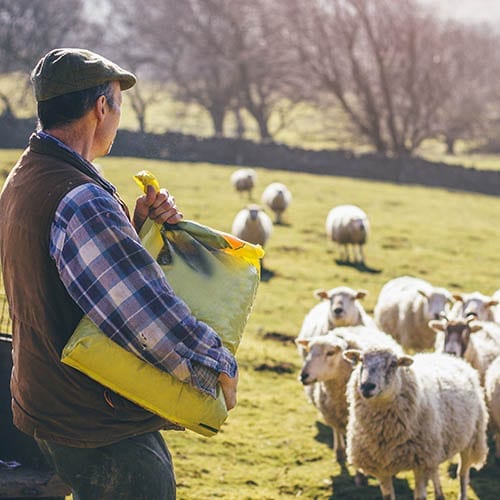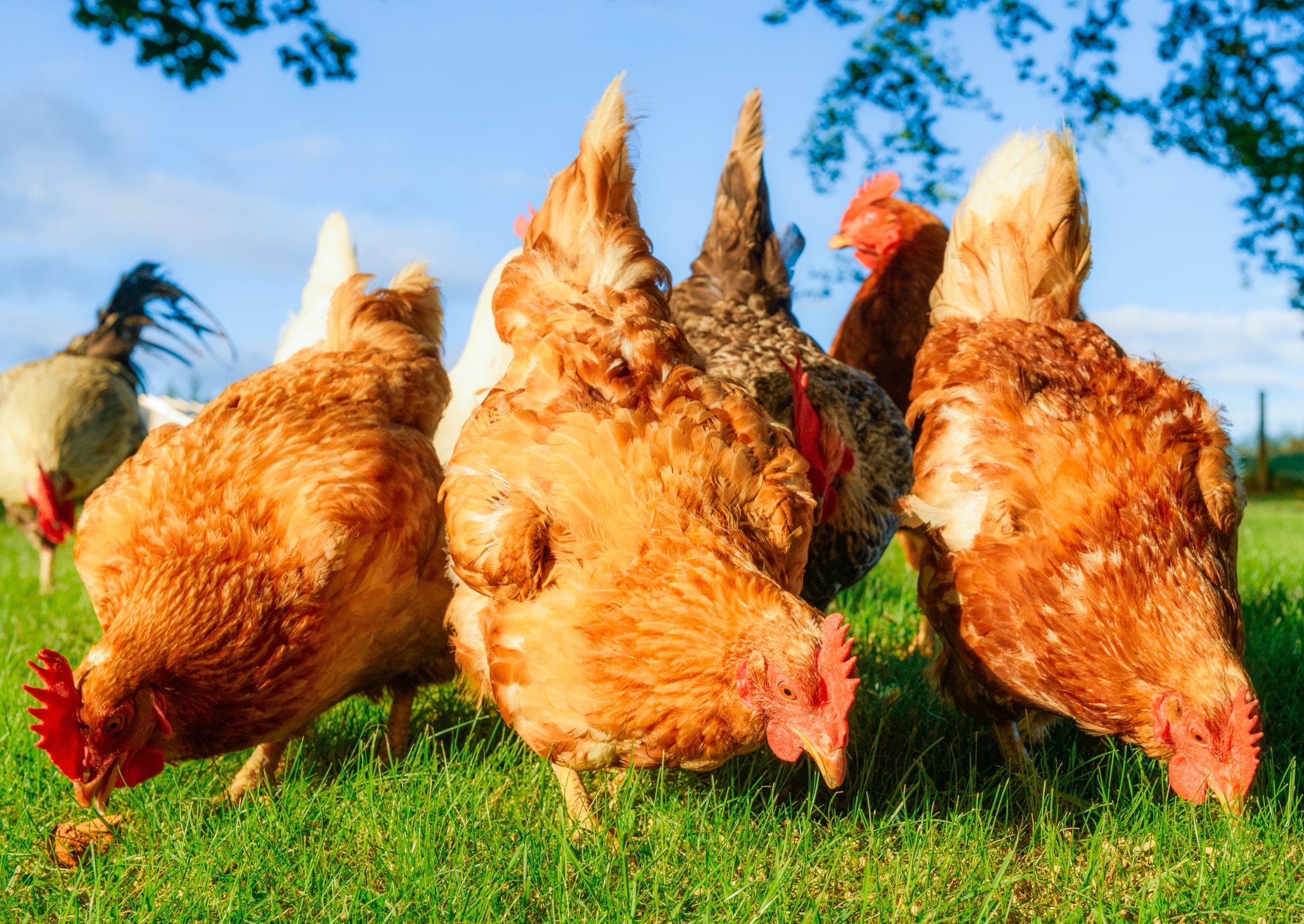Our latest edition of Farming Matters is now available. This rural magazine is designed to provide insights into the latest issues and opportunities faced by those in…
Joining the family farming partnership?
Becoming a partner has several tax consequences and for anyone becoming self-employed, such as joining a farming partnership, it’s important to understand what this change in status means from a tax point of view.
I have recently joined the Francis Clark partnership and therefore from a tax perspective, have transitioned from being an employee to a self-employed partner. Together with my colleague Aimee Raymond at Francis Clark Financial Planning, we look at the main differences between employment and self-employment.
Employed
As an employee, you generally receive a certain amount of remuneration each month as a salary. Employers deal with paying both employee and employer National Insurance contributions, pay-as-you-earn income tax and pension contributions – leaving the net amount which arrives in your bank account each month. At this stage no further tax is due and you can spend as you wish.
Self-employed
After joining a partnership, you must inform HMRC that you are now required to prepare and submit a tax return. This must be done by 5 October following the end of the first tax year in which you were a partner. From this point, you will need to prepare and submit a self-assessment tax return each year.
The partnership will produce a tax return and your share of the profits must be reported on your personal tax return. In turn, this will lead to your own personal tax liability, which will need to be settled by 31 January after the end of the tax year.
Depending on the level of profit, it is likely you will also start making payments on account, meaning a tax liability will be due in July each year as well. Partners generally take monthly drawings from their share of the partnership profits and funds will need to be saved to pay the tax liabilities that fall due.
Pensions
Another consideration is saving for your retirement. As you are no longer auto-enrolled in your employer’s pension scheme, personal contributions are down to you. Pension contributions attract tax relief at your marginal rate – for example, if you are a basic rate taxpayer and make a contribution of £8,000, £10,000 will be added to your pension pot.
Furthermore, pensions investment growth is free from income and capital gains taxes, and the fund value is often excluded from an estate for inheritance tax.
Personal pensions offer the flexibility to bridge the gap between your intended retirement age and the state pension age, which is due to rise to 67 by the end of 2028. With a personal pension, to manage cashflow you can pause or reduce your contributions and take full advantage of tax relief when your income allows you to save more.
Sickness or worse
Employees often benefit from a period of sickness pay, but how would a self-employed individual replace their earnings if they are unable to work due to illness or injury?
If you had a cash machine issuing £2,000 per month it’s likely you would insure it, yet there are many self-employed people who don’t insure their earnings, putting themselves at risk of losing their income if they are unable to work.
A financial protection policy is highly recommended if you are self-employed, as it ensures you and your family would be provided for should the worst happen.
For more information, please get in touch.

FEATURING: Dawn Peattie
After growing up in Cheshire, Dawn moved down to Wiltshire in 2011 to start her accountancy career. Dawn is a Partner in our Landed Estates… read more



